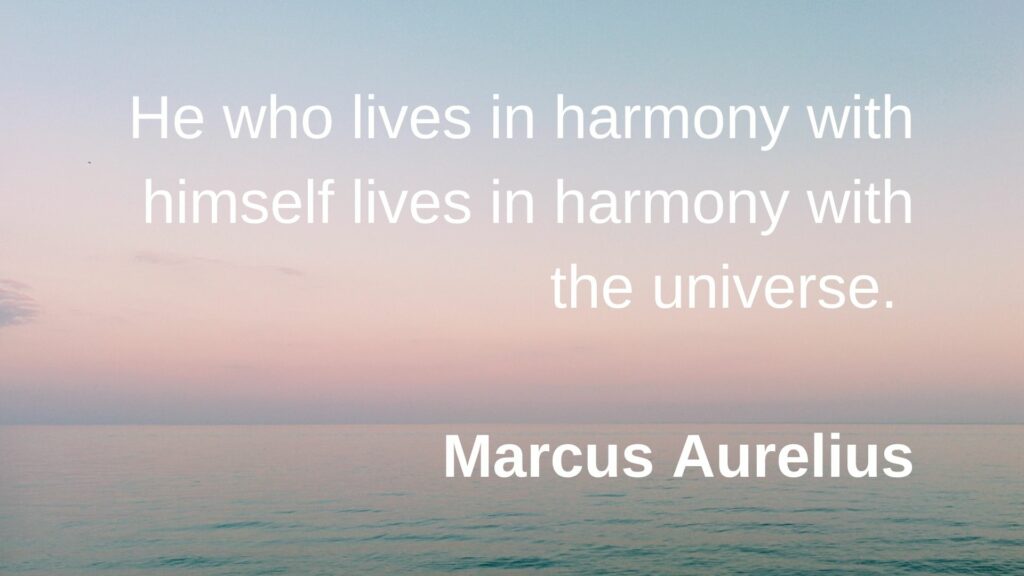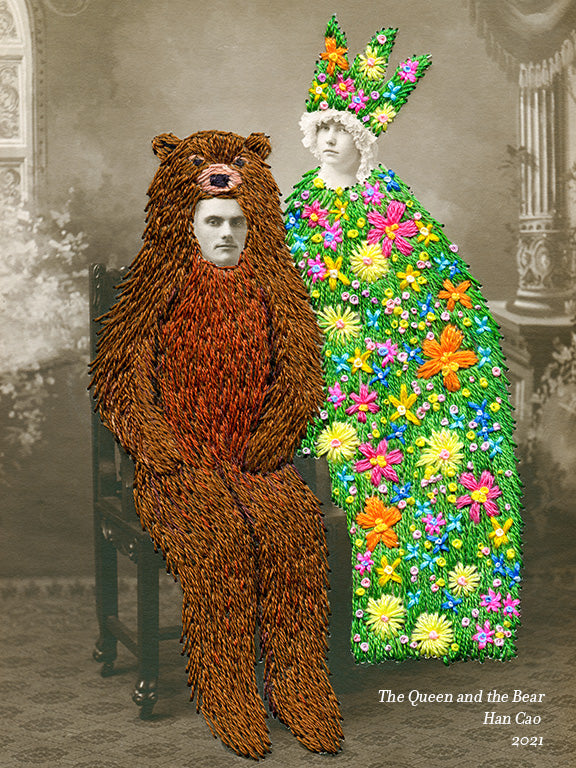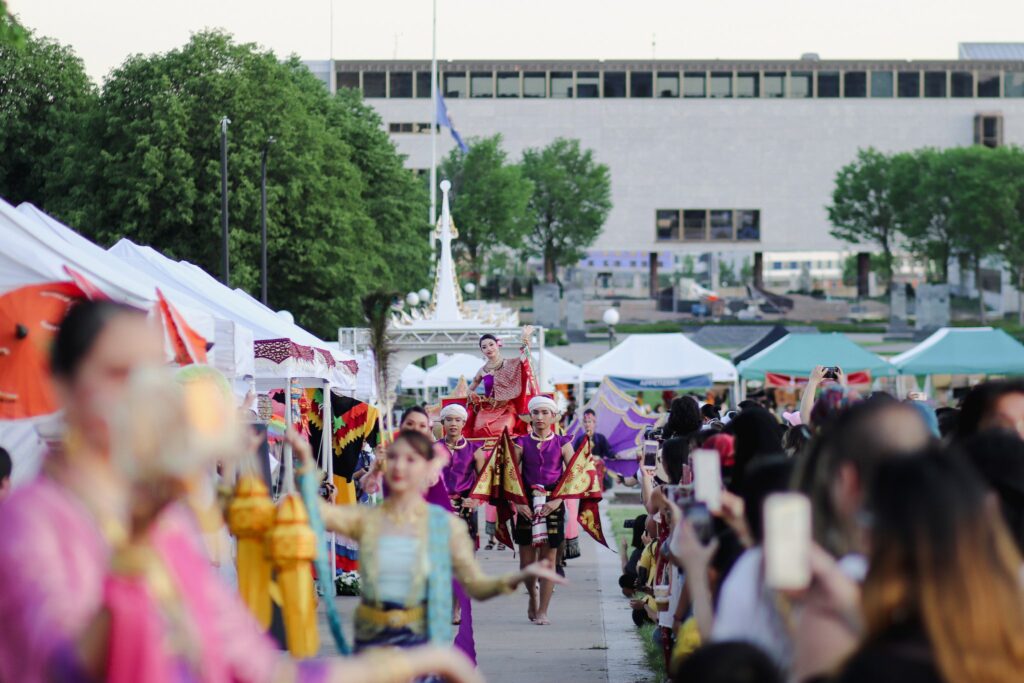“If there is righteousness in the heart, there will be beauty in the character.
Confucius
If there is beauty in the character, there will be harmony in the home.
If there is harmony in the home, there will be order in the nations.
When there is order in the nations, there will peace in the world.”
Living in harmony with oneself is a practice, it is a lifestyle and it is a spiritual journey within oneself. It is a journey within the soul and heart, a journey into the entirety of the mind. When we can sit in total silence, witnessing each thought, each breath, breath by breath, present with our hearts beat, we are on the right step to inner peace and harmony. To live in harmony with oneself means to love oneself totally, completely satisfied with oneself, having compassion with oneself including accepting what we see as flaws or imperfections. Existence does not create mistakes, instead it simply creates. We are not flawed, we are alive, living and breathing beings that are all different from each other and yet so similar in many ways.
What does “Just be” mean to you?. I think that this is something we should all ponder in depth. For me, to “Just be” means to stand tall, in total confirmation, embracing yourself as you walk compassionately against the winds of an imperfect and oftentimes harsh world. It means to have such a great strength within yourself, a strength so strong that no matter the outer storms, the inner is peaceful and calm. You have arrived within yourself, you’ve found yourself, and you love yourself. This is what “Just be” means to me, and to live this way brings us harmony within ourselves, within our relationships with others and in our environments.
Here are some helpful steps that may guide you to achieving that inner harmony
- Focus on keeping a balanced and healthy diet, they say that we are what we eat!
- You are human, allow yourself to learn and be imperfect. Wisdom and harmony comes from accepting our little imperfections.
- Prioritize self-care by taking care of physical and mental health.
- Get plenty of sunlight and fresh air in nature
- Keep a healthy social life, friends are important but so is YOU TIME.
- Get enough sleep each night, our brains work better with sleep!
- Get in touch with your inner artist, creativity births happiness and peace.
- Dont be afraid to buy that bright yellow shirt with polka dots if it calls to you, wear it and rock it! Wearing what we like builds up confidence within ourselves.
- Set aside time out of each day to practice sitting meditation, this helps us to balance ourselves in life and within our minds.
- Get plenty of exercise
- Stay hydrated and lower intoxicants like alcohol, lower caffeine as well. Water is our friend!

When we can live a healthy lifestyle, keep a positive self image and make healthy lifestyle choices we begin to live in harmony. We are more peaceful, less stressed out and quick tempered and able to quickly retreat to that zen space within if life starts to get a little crazy. Challenge yourself to be the best version of yourself you can possibly be, and let your beautiful light shine color and love into this world!.
Jarrelle



